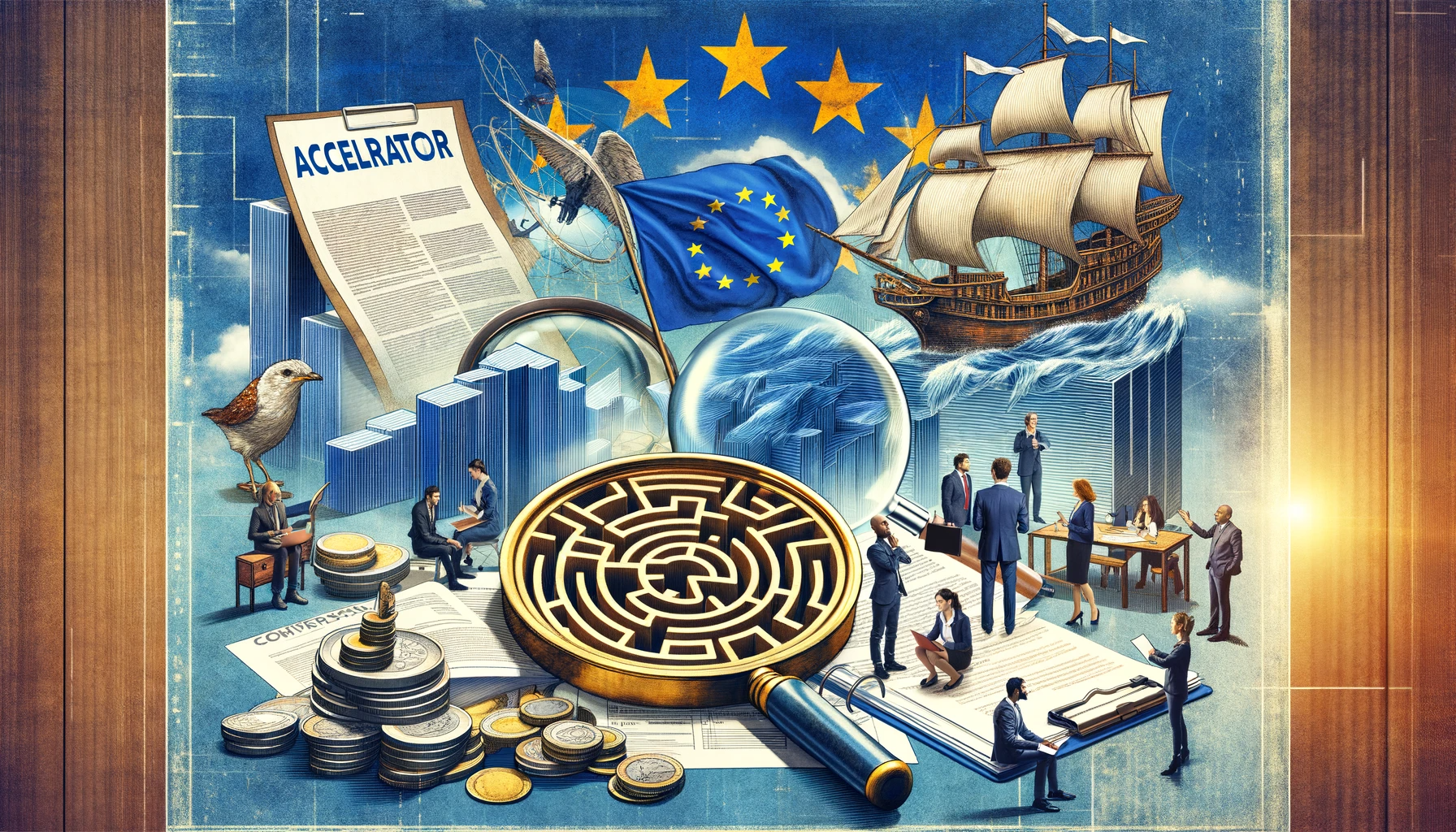Leveraging Training Courses as an Alternative to Consultancy in Grant Applications
Introduction A common concern among past applicants of grant programs like the EIC Accelerator is the reliance on consultancies, which often require applicants to contribute significantly to their own application writing. This has led to a growing interest in alternative approaches, such as utilizing training courses offered by platforms like Rasph (www.rasph.com). This article explores the advantages of choosing training courses over traditional consultancy services for grant applications. The Consultancy Dilemma High Dependence on Applicant Input: Many consultancies require substantial input from applicants, often leading them to write large portions of the application themselves. This can negate the perceived benefit of hiring a consultant, especially for startups and SMEs with limited resources. Cost vs. Value: The cost of consultancy services can be substantial, and when applicants end up doing much of the work themselves, the value for money comes into question. Limited Capacity Building: Relying heavily on consultants can prevent applicants from developing their own skills and understanding of the grant application process, limiting their capacity for future applications. Training Courses: A Viable Alternative Empowerment through Education: Training courses, like those offered on Rasph, empower applicants by providing them with the knowledge and skills needed to navigate the grant application process independently. Cost-Effective Learning: Typically, training courses are more cost-effective compared to hiring consultants. They provide a one-time investment in learning that can be applied to multiple applications. Building In-House Expertise: By participating in training courses, startups and SMEs can build their internal expertise. This investment in learning enhances their ability to handle future grant applications without external reliance. Updated and Relevant Content: Platforms like Rasph often ensure their courses are up-to-date with the latest trends, policies, and requirements of grant programs, providing learners with current and applicable knowledge. Networking Opportunities: Training courses can also offer networking opportunities with other applicants and experts, fostering a community of shared learning and support. Considerations for Choosing Training Over Consultancy Time and Effort Required: Applicants must be willing to invest time and effort into learning and applying the knowledge gained from training courses. Initial Learning Curve: There may be a steeper initial learning curve compared to relying on a consultancy, but this investment pays off in the long term. Balancing Training with Business Operations: Applicants must balance the time spent on training with other business operations, ensuring neither is neglected. Conclusion For many applicants of grant programs, the reliance on consultancies has been a double-edged sword, often leading them to undertake much of the application writing themselves. Training courses, such as those offered on Rasph, present a valuable alternative, empowering applicants with the knowledge and skills to independently navigate the grant application process. While this approach requires a commitment of time and effort, the long-term benefits of cost-effectiveness and capacity building make it a compelling choice for startups and SMEs.










